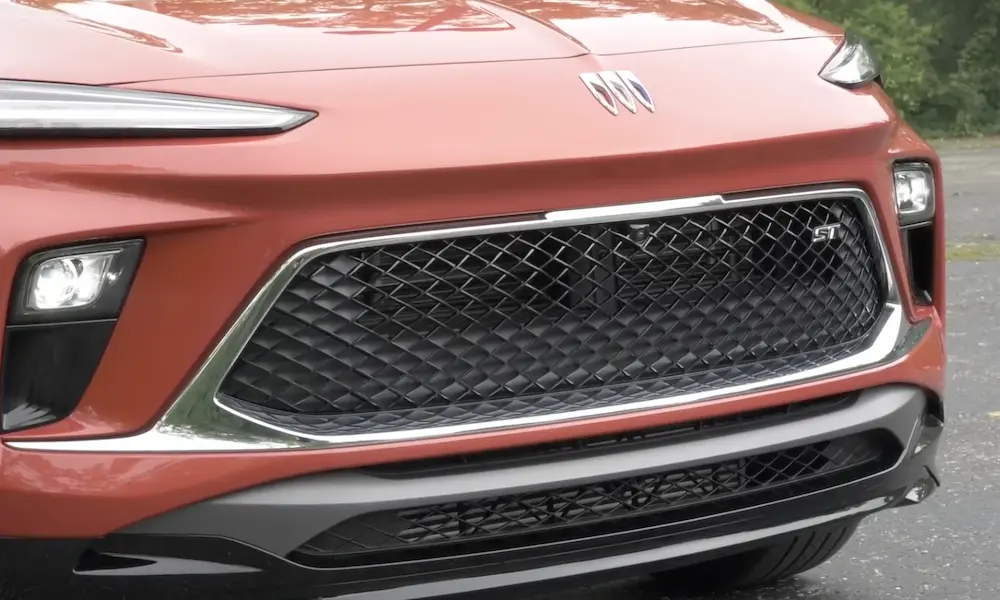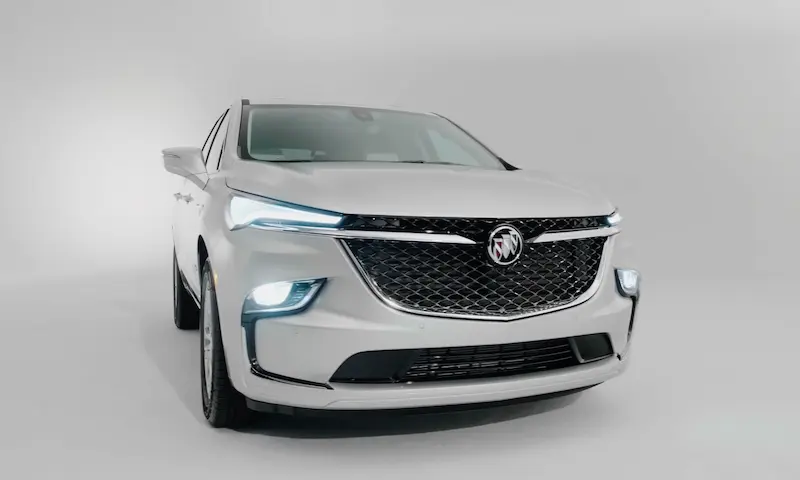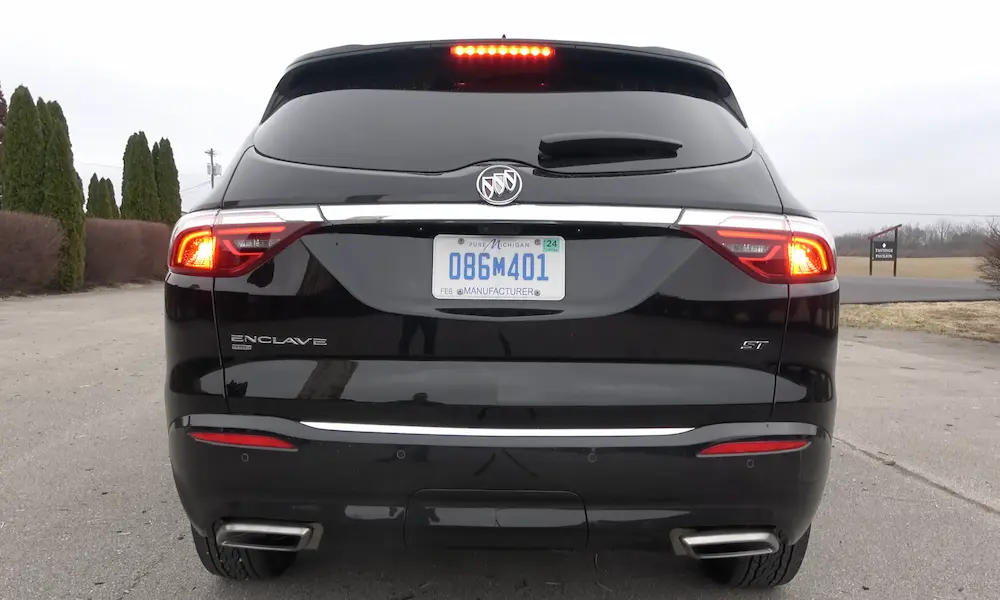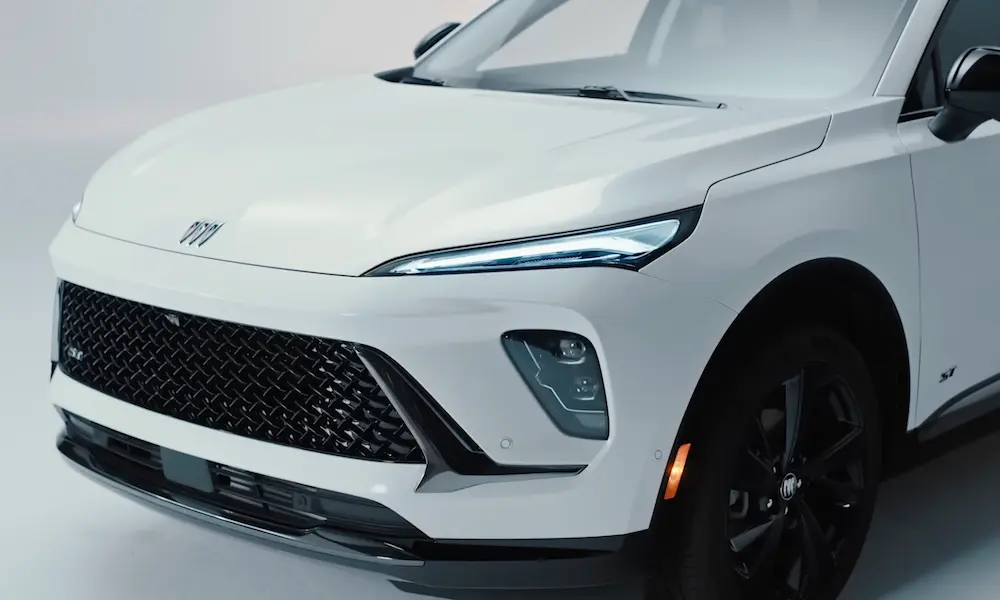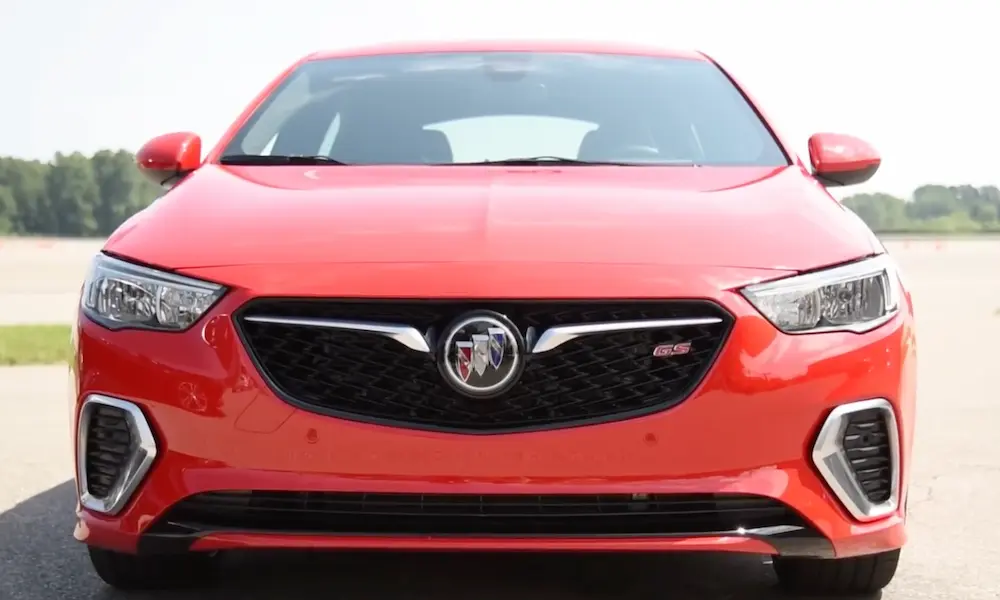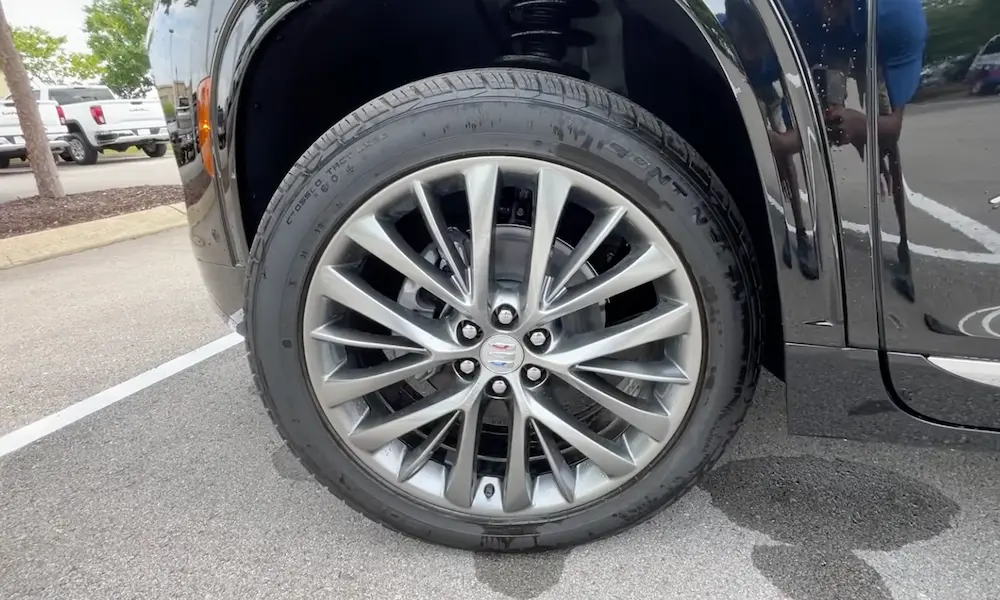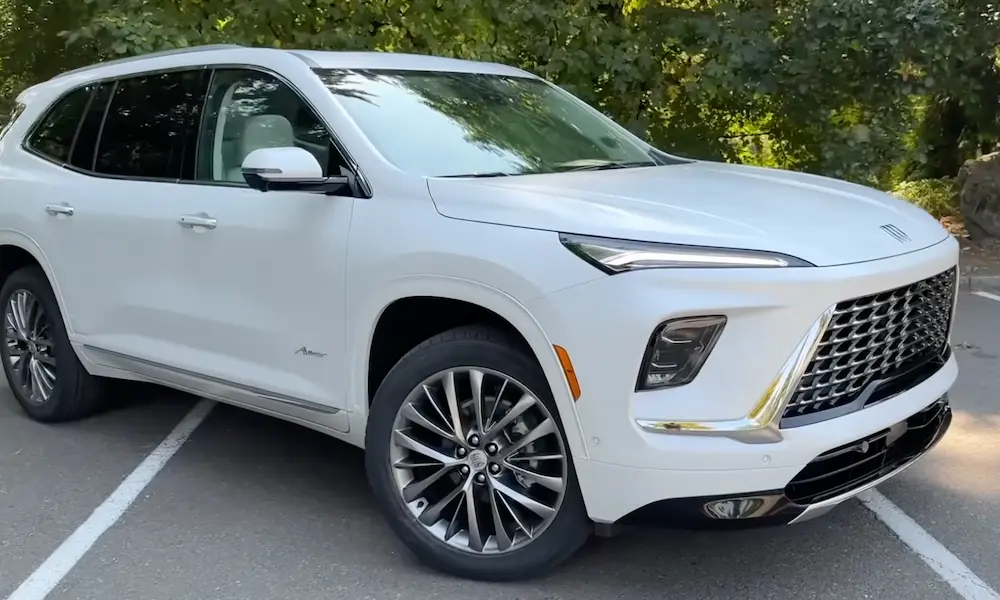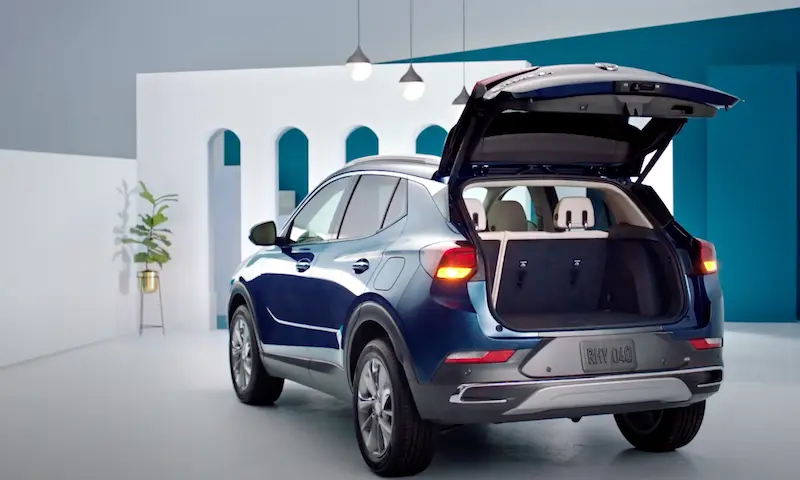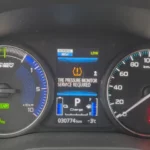You press the button and wait. Nothing happens. You try the key fob. Still nothing. Your Buick Enclave liftgate has decided today’s not the day it wants to cooperate, and now you’re standing in a parking lot with groceries and growing frustration.
If your Buick Enclave’s power liftgate has stopped working, you’re facing one of the most common issues with these otherwise reliable SUVs. Let’s break down what might be happening and how you can fix it—from simple DIY solutions to when you might need professional help.
Common Causes of Buick Enclave Liftgate Failures
Blown Fuses: The First Thing to Check
When your Buick Enclave liftgate suddenly stops working, the fuse box should be your first stop. A blown fuse is often the simplest explanation and the easiest fix.
For a 2011 Buick Enclave, look for the “PWR L/GATE” fuse in the engine compartment fuse block. In newer models like the 2023 Enclave, you’ll need to check fuse F34, which controls the liftgate module. A blown fuse will have a broken metal strip inside the transparent housing.
Replacing the fuse is straightforward:
- Locate the correct fuse using your owner’s manual
- Remove the old fuse with the plastic tweezers usually provided in the fuse box
- Insert a new fuse with the exact same amperage rating
- Test the liftgate function
The beauty of a fuse replacement is that it costs just a few dollars and takes only minutes to complete—no mechanic needed.
Failed Lift Struts: A Common Culprit
Does your liftgate open partway and then stop? Or worse, does it fall down unexpectedly? You likely have failing lift struts.
Buick Enclave lift strut failures were so common that General Motors issued a safety recall for 2008-2012 models. The problem occurs when dirt contaminates the gas-charged struts, causing premature wear. When these struts fail, the liftgate can’t support its own weight or may close unexpectedly.
Signs of failing lift struts include:
- Liftgate falling or closing too quickly
- Liftgate not opening to full height
- Visible fluid leakage on the struts
- Unusual noise when operating the liftgate
Electrical Wiring Issues: Connections Matter
The power liftgate system depends on proper electrical connections. Over time, these connections can become damaged or loose due to the repeated movement of the liftgate.
Common electrical issues include:
- Damaged wires from repeated bending
- Corroded connections from weather exposure
- Loose connectors that have vibrated free
- Pinched wiring harnesses
Inspecting these connections requires removing access panels on the liftgate and possibly the interior trim. Look for any wires that appear frayed, corroded connectors, or loose plugs.
Control Module Glitches: When the Brain Malfunctions
The power liftgate control module (sometimes called LGM or PLGM) manages the entire operation. Software glitches or hardware failures in this module can cause the liftgate to behave unpredictably.
Symptoms of control module issues include:
- Liftgate opening or closing only partially
- Random operation without pressing buttons
- Liftgate reversing direction unexpectedly
- Warning lights on the dashboard
Sometimes a simple reset can clear these glitches. Disconnecting your vehicle’s battery for about 15 minutes forces the module to reset, potentially clearing minor software issues.
How to Manually Open Your Buick Enclave Liftgate
When the power function fails completely, knowing how to manually access your cargo area becomes essential. Here’s how to override a stuck Buick Enclave liftgate:
From Inside the Vehicle
- Access the rear cargo area (you might need to fold down the seats)
- Locate the manual release mechanism behind a small cover plate
- Insert a large flat screwdriver sideways into the square drive
- Twist the mechanism to the left to manually unlock the liftgate
From the Outside (If You Can Access the Interior Latch)
- Find and remove the small round cap concealing the manual release
- Using a skinny screwdriver, manipulate the release tab while someone pulls on the liftgate from outside
- Clean any debris from the lock area that may have caused jamming
This video demonstration shows the process step by step for various model years.
DIY Repair: Replacing Lift Struts
If you’ve determined that your lift struts need replacement, this is a repair many owners can handle themselves. You’ll need:
- New lift struts (specific to your model year)
- Basic hand tools
- Something to safely prop the liftgate open during repair
Step-by-step process:
- Support the open liftgate securely with a prop rod or have a helper hold it
- Locate the metal retaining clips at each end of the strut
- Use a small screwdriver to carefully pry these clips away
- Remove the old strut by separating it from the ball studs at each end
- Install the new strut by aligning it with the ball studs and pressing firmly
- Ensure the retaining clips are properly seated
Always replace both struts at the same time, even if only one shows obvious signs of failure. They wear at similar rates, and replacing both prevents you from having to repeat the job soon after.
This helpful tutorial walks through the entire strut replacement process visually.
Fixing a Liftgate That Reverses Before Closing
Does your liftgate start to close but then reverse direction just before latching? This is often caused by a misaligned striker.
According to a GM service bulletin, this issue affects many Enclave owners. When the striker is positioned too far inboard, it triggers the safety mechanism that prevents the liftgate from closing on obstacles.
Here’s how to adjust it:
- Mark the current striker position for reference
- Loosen (but don’t remove) the striker mounting bolts
- Tap the striker rearward (outboard) in small 1mm increments
- Test the liftgate operation after each adjustment
- Continue adjusting until the liftgate closes properly
This adjustment changes how the latch and striker engage, potentially eliminating the false obstruction detection.
Resetting Your Power Liftgate System
Sometimes the solution is as simple as rebooting the system. Here’s how to reset your Buick Enclave’s power liftgate:
Basic System Reset
- Disconnect the negative terminal of your vehicle’s battery
- Wait approximately 15 minutes for capacitors to discharge
- Reconnect the battery
- Test liftgate operation
Calibration Reset
After making repairs or adjustments, recalibrating the liftgate helps ensure proper operation:
- Close the liftgate completely
- Press and hold the power liftgate button until you hear a chime
- Manually open and close the liftgate once
- Test the power function
Troubleshooting the Hands-Free Liftgate Feature
If your Enclave has the hands-free liftgate feature (where you kick under the bumper to open it) and it’s not working, try these steps:
- Make sure your key fob is within 3 feet of the vehicle
- Clean the sensors under the rear bumper
- Try a more direct and precise kicking motion
- Position your kick within 5 inches of the bumper without making contact
- Check that the area where the logo projects onto the ground is clean
The system has built-in limits to preserve battery life. If you’ve activated it five times within 5-10 minutes, it automatically disables for about an hour. The official Buick support page offers detailed guidance for this feature.
Customizing Your Liftgate Height Settings
If your liftgate works but opens too high (hitting garage ceilings) or too low (causing tall people to bump their heads), you can program a custom height:
- Open the liftgate to your desired height manually
- Find and hold the button next to the liftgate latch for about 3 seconds
- Wait for the turn signals to flash and a chime to confirm the new setting
On newer models with enhanced infotainment, you can also adjust this through: Vehicle > Comfort and Convenience > Power Rear Gate Opening
This customization makes your Enclave more accommodating to your specific needs and environment. The Buick hands-free liftgate guide covers this feature in detail.
The Importance of Diagnostics in Complex Cases
For more stubborn issues, connecting a diagnostic scanner to your vehicle’s OBD-II port can provide valuable insights. These scanners retrieve specific error codes that can pinpoint exactly what’s wrong with your liftgate system.
Many auto parts stores offer free diagnostic scanning, or you can purchase an OBD-II scanner with Buick-specific capabilities for $50-$150. Once you have the error codes, you can research them online or use them to communicate more effectively with a mechanic.
After fixing the issue, use the scanner again to clear any stored error codes and allow the system to recalibrate properly.
Understanding the Major GM Recall
Owners of 2008-2012 Buick Enclaves should be aware of GM’s safety recall (number 15240) affecting nearly 780,000 crossover SUVs. The recall addressed liftgates that could suddenly fall due to premature lift strut failure.
The investigation revealed:
- Dirt contamination caused struts to wear prematurely
- The safety backup system couldn’t always detect strut failures
- 56 reported injuries resulted from falling liftgates
If you own an affected vehicle and haven’t had the recall work performed, contact your dealer immediately. The recall documentation confirms that the fix includes both strut replacement and software updates.
Preventative Maintenance to Avoid Future Issues
To keep your Buick Enclave’s liftgate working properly:
- Inspect your lift struts regularly for signs of leakage or wear
- Keep the latch and striker mechanism clean and lightly lubricated
- Clear snow, ice, and debris from the liftgate seals and tracks
- Avoid overloading the liftgate with heavy items when open
- Listen for unusual noises during operation that might signal developing problems
When DIY Won’t Cut It: Professional Repair Options
While many liftgate issues can be resolved at home, some situations require professional help:
- Complex electrical diagnostics
- Control module reprogramming
- Extensive wiring repairs
- Structural damage to the liftgate
Dealership service departments have specialized equipment for diagnosing and reprogramming Buick’s electronic systems. Independent mechanics can often handle mechanical repairs at lower rates than dealers, but may lack the proprietary tools for certain electronic issues.
When seeking professional help, clearly communicate:
- When the problem started
- Exactly what happens when you try to operate the liftgate
- Any troubleshooting steps you’ve already taken
- Whether the issue is intermittent or constant
This information helps technicians diagnose your specific issue more efficiently, potentially saving you money on diagnostic time.
Cost Comparison: DIY vs Professional Repair
| Repair Type | DIY Cost | Professional Cost | Time Involved (DIY) |
|---|---|---|---|
| Fuse Replacement | $5-10 | $50-100 | 15-30 minutes |
| Lift Strut Replacement | $50-150 | $200-350 | 1-2 hours |
| Liftgate Reset/Calibration | Free | $50-100 | 30 minutes |
| Striker Adjustment | Free | $75-150 | 30-45 minutes |
| Control Module Replacement | $150-300 | $400-700 | Not recommended |
| Wiring Repair | $20-50 | $100-350 | Varies by complexity |
Final Thoughts: Getting Your Buick Back in Action
A non-working liftgate on your Buick Enclave is certainly frustrating, but most issues have straightforward solutions. Start with the simplest fixes—checking fuses and performing basic resets—before moving on to more complex repairs.
Remember that the Buick Enclave liftgate system has several interconnected components, so a comprehensive approach to troubleshooting often yields the best results. And when all else fails, the manual override methods ensure you’ll never be completely locked out of your cargo area.
By following this guide, you’ll be well-equipped to diagnose and potentially fix your Enclave’s liftgate issues—saving time, money, and headaches along the way.


